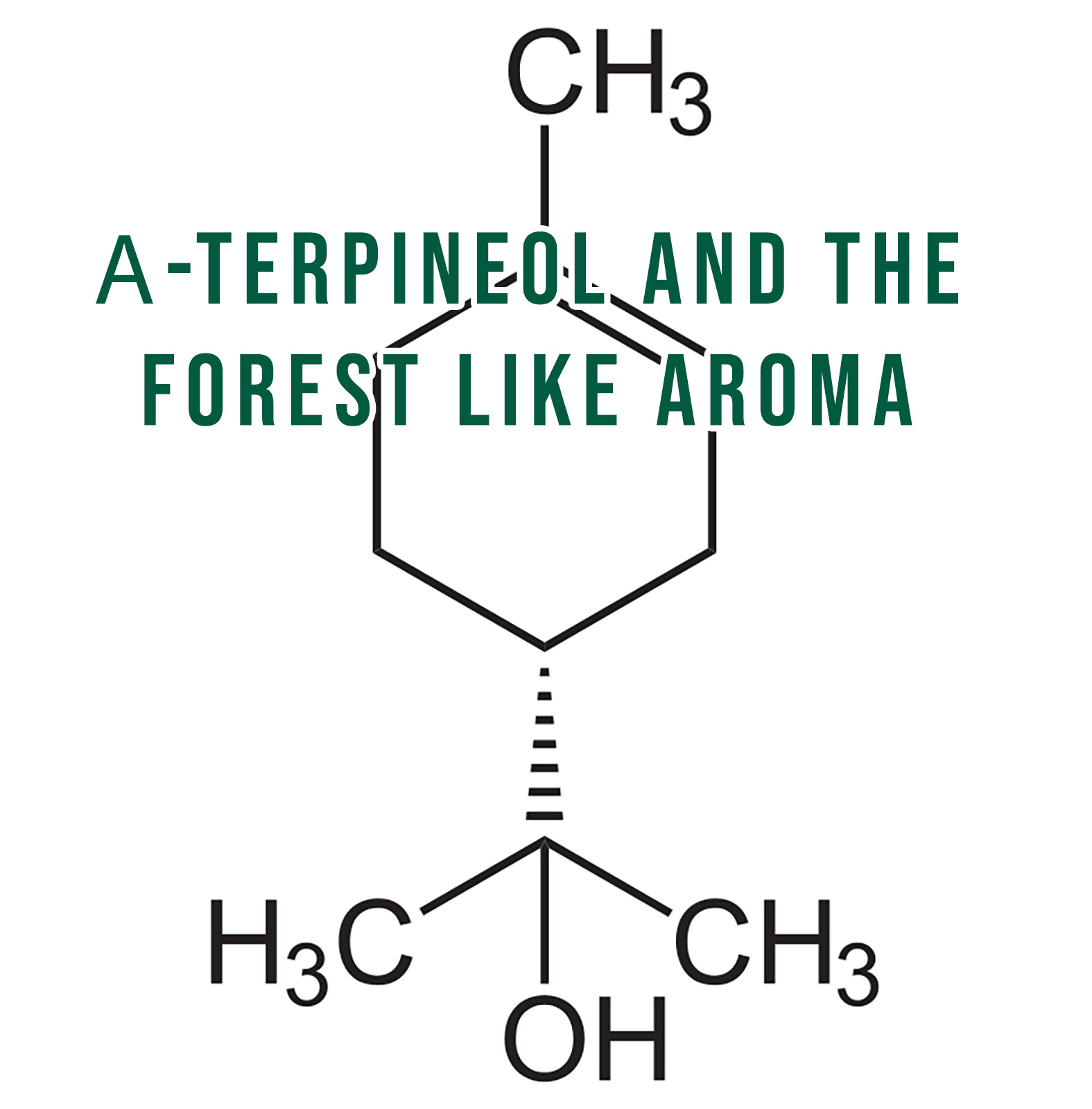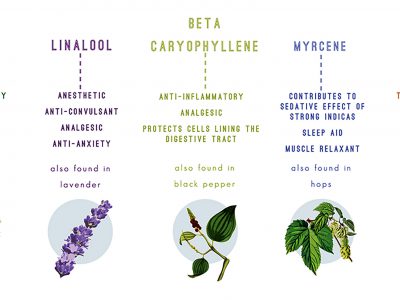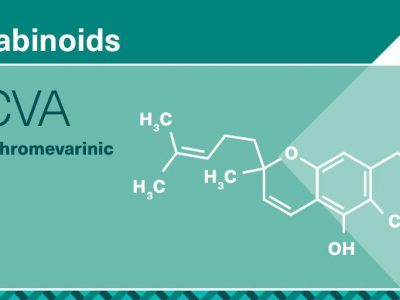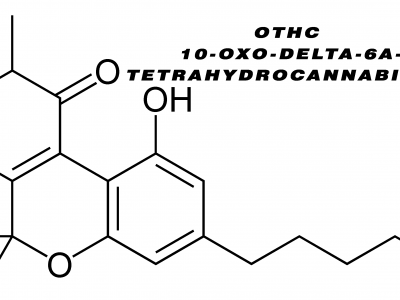α-Terpineol and the Forest like Aroma for Your Holidays
Terpineol is a popular monoterpene alcohol. It has been isolated from a range of sources like pine oil, Cajuput oil, and petitgrain oil. Majorly there are 4 isomers, namely alpha, beta-terpineol, gamma, and terpinen-4-ol.
While gamma and beta Terpineol only differ by the double bond location, Terpineol is generally a mixture of four isomers and alpha-terpineol is the major constituent.
Alpha-Terpineol is found in natural oils
Alpha-terpineol is the terpene alcohol, present in natural oils like petitgrain (oil extracted from the bitter orange tree) and pine oil. Alpha-terpineol is the most common constituent of 4 structural isomers. However, it shouldn’t be confused with terpinol, a terpene diol or hydrate of terpin.
Alpha-Terpineol is more of a racemic mixture/combination of (R)-(+) – and (S)-(–)-enantiomers. Each of them is present in nature but if we speak of an article of commerce that is mostly synthesized from alpha-pinene is of course racemate.
Back in 1903, a German chemist – H. Waldbaum and O. Huthing successfully isolated the (+) – stereoisomer present in petitgrain. However four years later, another individual named J.E. Teeple from New York City successfully separated the enantiomer from the pine oil longleaf.
Alpha-terpineol has a lilac like an aroma that makes it a highly desirable ingredient to be used in perfumes as well as cosmetics. Throughout the year, many people burn scented candles of alpha-terpineol for scent.
This major constituent of Terpineol i.e. alpha Terpineol has the molecular formula of C10H18 O. it is also used to add flavors. Alpha-terpineol has the one of the two majorly abundant aroma constituent of tea called lapsang souchong. Alpha-terpineol is the skullcap chemical constituent.
Alpha-terpineol is one of the most commercially significant monoterpene alcohols when it comes to flavor industry. The annual consumption of alpha-terpineol is estimated to be 9.2 tons approximately. This represents the individual intake of around 17.2 μg/kg/day.
The compound contains a sweet smell reminiscent of peach that has the aroma threshold of around 350 ppb. If we consider the reported food usage in terms of alpha-terpineol, it includes chewing gum, baked goods, dairy products, condiments, beverages, and candies.
The compound is best used for the formulation of cosmetics and soaps. It is present in a range of essential oils like Pinaceae, Cupressaceae, Lavandin and various other herbs, leaves, and flowers.
This alcohol is usually produced by the fractional distillation of famous pine oils and is commonly synthesized by simple acid hydration of turpentine or alpha-pinene followed by partial dehydration.
Alpha-Terpineol Attributes
It is the oily colorless liquid to solid with floral aroma constituent. It has a sweet lime taste. Due to its distinctiveness, it is used more like a flavoring agent. In perfumery, the ingredient is used as solvents, intermediates and as a fragrancing agent.
Some of the benefits of alpha-terpineol include;
-
Antimicrobial activity
-
Antifungal activity
-
Anti-inflammatory effect
-
Anti-proliferative effect
-
Anticancer activity
-
Skin penetration enhancement
These great health benefits clearly indicate that alpha-terpineol hold a lot of importance in the modern industries, including cosmetics, food, and others.






